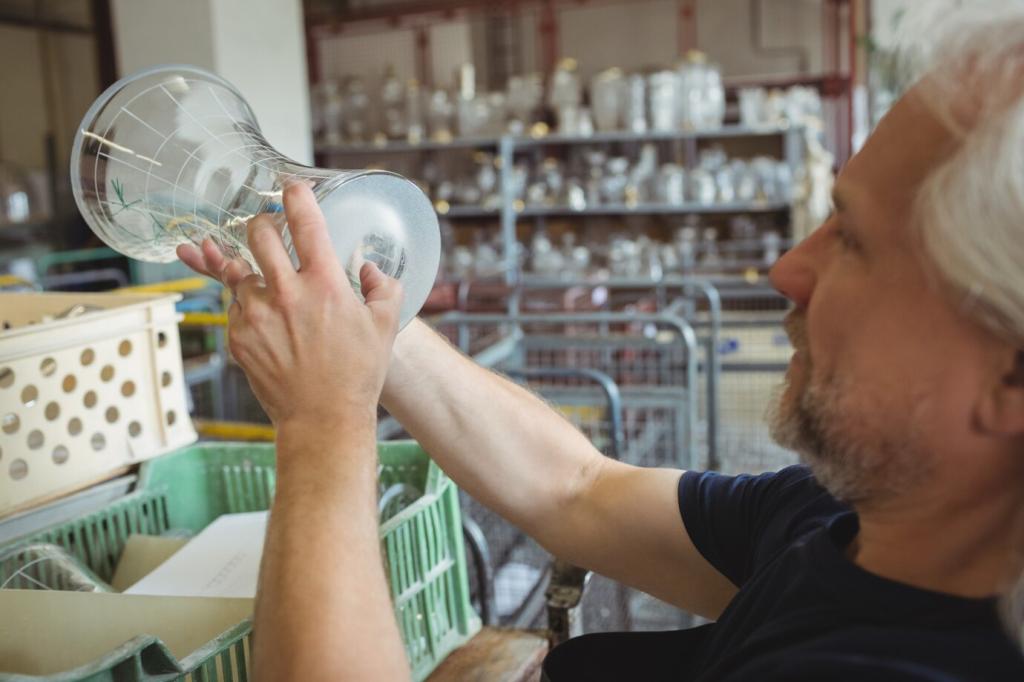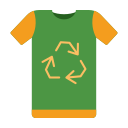Chosen theme: Eco-Conscious Fabric Repurposing. Transform forgotten fabrics into purposeful pieces while honoring the planet. Discover practical methods, heartfelt stories, and creative momentum you can start today. Join our community, subscribe for fresh ideas, and share your repurposed wins.

Why Eco-Conscious Fabric Repurposing Matters
The world discards an estimated 92 million tons of textiles each year, burying memories and materials in landfills. Eco-conscious fabric repurposing extends lifespans, honors craftsmanship, and reclaims value. Tell us what you’ve saved from the bin this month.
Why Eco-Conscious Fabric Repurposing Matters
A single new cotton T-shirt can require around 2,700 liters of water. Choosing repurposed fabric preserves resources, reduces energy use, and lowers emissions. Comment with your favorite resource-saving project and subscribe for more data-backed ideas.

Start with a Gentle Closet Audit
Pull garments you no longer wear and sort by fiber, condition, and emotional value. Keep what sparks joy, repurpose the rest. Invite a friend, make tea, and turn editing into a hopeful ritual instead of a stressful purge.

Thrift, Swap, and Request Offcuts
Thrift stores, clothing swaps, upholstery shops, and sewing studios often have remnants waiting for new lives. Ask for offcuts and damaged stock. You’ll save textiles from dumpsters and discover unique materials. Share your best sourcing spot below to help others.

Clean, Deconstruct, and Label
Wash gently, then seam-rip along stitches to harvest large, usable panels. Remove zippers and buttons for future projects. Label each piece with fiber content and notes. This simple system speeds making, reduces waste, and keeps ideas flowing efficiently.
No-Sew Methods that Last
Use fabric glue, fusible web, and hemming tape for quick transformations, then reinforce high-stress areas with a few hand stitches. Choose non-toxic adhesives whenever possible. Share your favorite no-sew hack and subscribe for our upcoming adhesives comparison guide.
Hand and Machine Basics
Backstitch, running stitch, and zigzag finishes handle most repurposing tasks. Maintain a consistent seam allowance and test tension on scraps. Slow stitching encourages presence and care, turning each project into a mindful moment worth savoring and sharing.
Eco-Friendly Color and Finishes
Explore plant-based dyes from onion skins, avocado pits, and indigo vats. Fix colors with safe mordants and practice good ventilation. Natural finishes lend warmth and uniqueness. Post your dye experiments and let our readership cheer your gorgeous discoveries.
T-Shirt to Market Tote
Cut off sleeves, reinforce the hem, and stitch handles from the neckline. Add a boxed bottom for strength. A reader turned concert shirts into grocery totes and now carries memories to the farmer’s market. Try it, then share your photos.
Denim into Patchwork Picnic Quilt
Old jeans become rugged squares with natural insulation and character. Mix shades, add a thrifted sheet backing, and topstitch for longevity. Picnic stories stitched into seams feel special. Tell us whose jeans anchor your quilt’s center and why.
Shirts into Reusable Produce Bags
Lightweight cotton shirts become breathable, wash-and-reuse produce bags. French seams prevent fraying, and drawstrings from hem offcuts minimize waste. Label sizes for apples, herbs, and bulk goods. Comment with your best storage trick to keep greens crisp longer.
Designing for Durability and Repair
Choose modular designs with replaceable straps, patch-friendly panels, and accessible seams. Consider how the item will age and where it might wear first. Planning for repairability strengthens bonds with your belongings and supports sustainable habits.
Designing for Durability and Repair
Add bar tacks at corners, double-stitch handles, and bind edges to prevent unraveling. Use sturdy thread reclaimed from notions jars when possible. Thoughtful reinforcements extend life and reduce future waste, saving time, money, and materials you love.
Designing for Durability and Repair
Sashiko-style stitching and colorful patches transform flaws into features. One subscriber repaired a torn apron with bright indigo thread, turning accidents into artistry. Share your visible mends and inspire others to wear their history with pride.
Document, Share, and Inspire
Track sources, fiber content, time spent, and lessons learned. Noting care tips and patterns helps future projects. Over months, your log becomes a map of growth and resourcefulness. Subscribe to receive our free printable maker journal template.

Host a Mending Night
Gather friends with tea, snacks, and a mending playlist. Share tools, learn stitches, and celebrate finished fixes at the end. A small monthly ritual grows skills, connection, and impact. Post your event date below to find nearby makers.
Teach and Learn Across Generations
Invite elders to demonstrate techniques and let kids brainstorm playful designs. What begins as skill-sharing becomes treasured storytelling. Record tips, exchange patterns, and pass them forward. Subscribe for our intergenerational workshop guide and activity ideas.
Swap with Intention
Set clear guidelines for condition, fiber labeling, and cleaning. Curate stations by fabric type to reduce chaos and waste. Intention keeps swaps respectful and effective. Share your best swap rule so others can run smoother, kinder events.

Care That Extends Lifespans
Wash in cold water with gentle, biodegradable detergents and line-dry whenever possible. Use laundry bags for delicate meshes and patchwork. Thoughtful laundering preserves fibers, color, and shape, ensuring every repurposed piece serves for years.
Care That Extends Lifespans
Store in breathable cotton bags with cedar blocks, away from sunlight and humidity. Roll knits to prevent stretching and label seasonal items. Share your storage hacks and subscribe for our checklist on caring for mixed-fiber repurposed projects.
